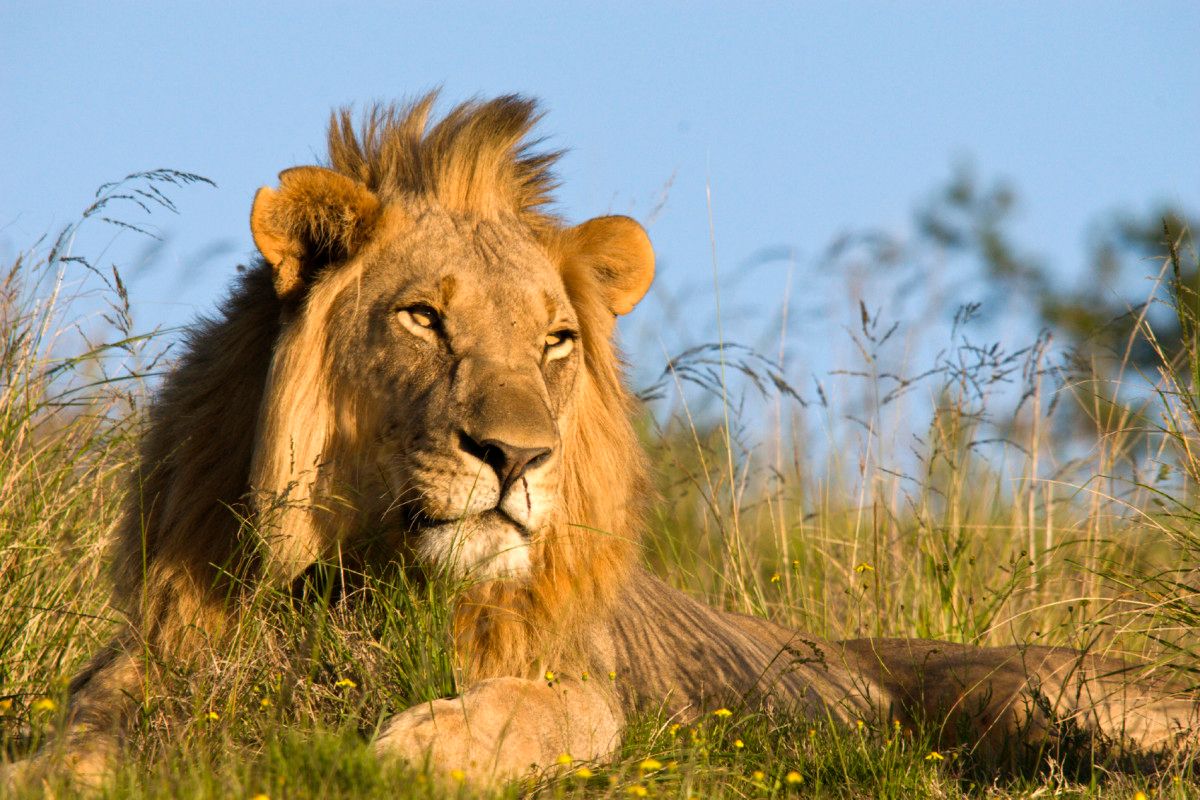Lion Lights: A Young Innovator Creates A Creative Solution to the Lions
At this years TED conference in Longbeach, I heard an amazing story of a young innovator creating a creative solution. Richard Turere was nine-years-old when he was put in charge of his father’s cattle in Kitengela, just south of the Nairobi National Park in Kenya. This was no small chore, consideri

At this years TED conference in Longbeach, I heard an amazing story of a young innovator creating a creative solution.
Richard Turere was nine-years-old when he was put in charge of his father's cattle in Kitengela, just south of the Nairobi National Park in Kenya. This was no small chore, considering his Masai community's ongoing trouble with lions. As wildlife crossed the fenceless borders of the national park and into Masai territory, the lions followed past dark, sometimes opting for ranchers' valuable cattle instead.
Don't overlook the creativity from young innovators. Their fresh eyes can open opportunities you never considered.
Phil McKinney
As lion attacks grew more frequent, the Moran, the warriors in charge of protecting the community and livestock, killed more and more lions. The population of lions in Nairobi became fewer and fewer, and still Turere's family and neighbors lost livestock.
Young Innovator – What tool did Richard Turere invent?
At the age of 11, Turere began to look for a solution. At first, he tried fire, believing the lions were afraid of the flames. Instead, the fire helped the lions track the cows. When that idea failed, Turere looked for a new one.
Next, he posed a scarecrow in the cowshed to trick the lions into thinking someone was standing watch. That attempt failed, also, as the lions eventually discovered the scarecrow never moved and attacked the livestock once again.
Turere was undeterred. One night, he walked the perimeter of the cowshed holding a torch. The lions did not come. Putting together lessons from his previous failed attempts, he realized the lions were afraid of moving light.
By nature, Turere was a tinkerer. He loved to dismantle and reassemble various electrical gadgets around the community. He even built fans out of old car parts and junkyard odds and ends. He put his hobby to use to deter the lions.
Using a solar panel, an old car battery, the indicator box from a motorcycle (turn signals), a small torch from a broken flashlight, and a switch to turn the contraption on and off, Turere created “Lion Lights.” He strung the lights around the cowshed and left them to blink on and off through the night, creating moving light. It was successful. The lions did not approach the cowshed.
Word of Turere's success grew. Soon he installed Lion Lights for his neighbors, and then later for other farms across Kenya. The system works not only to deter lions, but also to protect farms from other predators, like hyenas and cheetahs.
Turere's creative solution not only saved his community's livestock, but also saved lions who would otherwise have been killed. Kudos to this young innovator!




